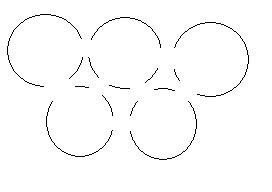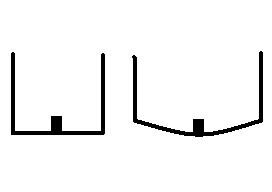- Joined
- Dec 26, 2004
- Location
- Philadelphia
I read that you are reaching the limit on the storm and was wondering if you tried this design out.
This is a picture you have as the storm g7

What if you cut slits in between each cup? Do you think it's improve the flow or block itself. Here is a pic of what I mean.
This is a picture you have as the storm g7

What if you cut slits in between each cup? Do you think it's improve the flow or block itself. Here is a pic of what I mean.

